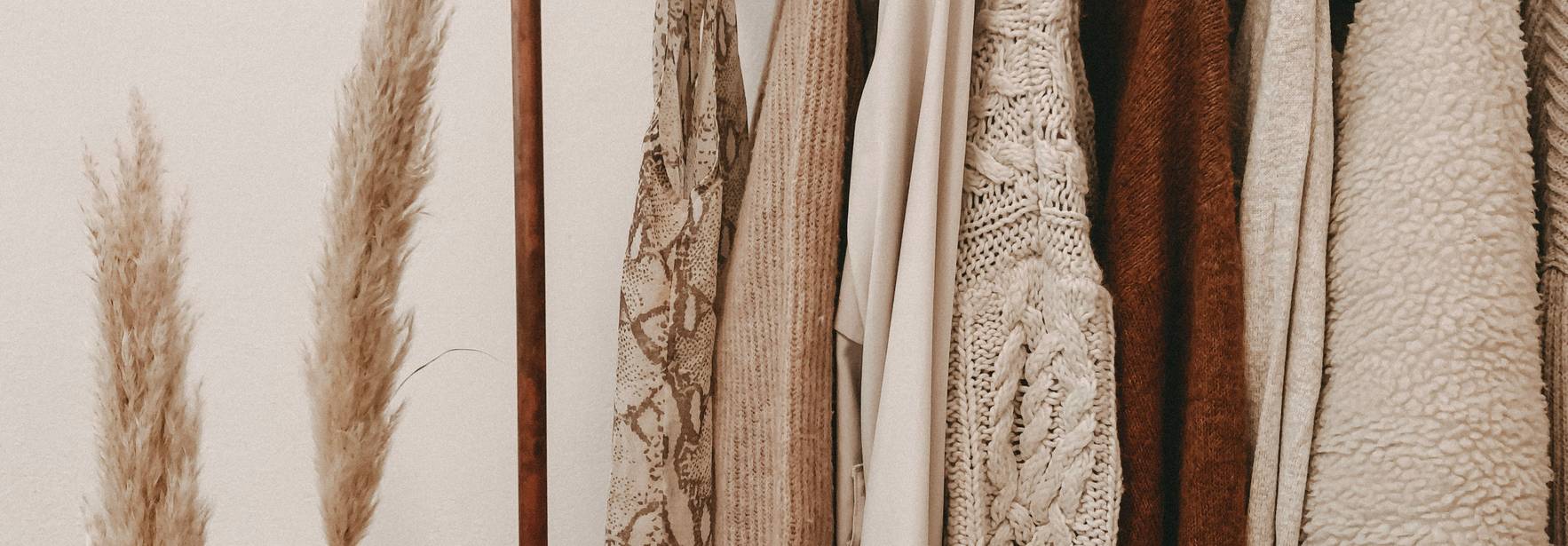The worst kept secret in luxury: Chinese factories, 'made in' labels and a half-truth that is no longer shocking
There are things that everyone knows, but few say. Like the fact that the most exclusive jeans use the same cotton as 20 euro jeans. Or that many celebrities don't pay for what they wear on red carpets. Or this: that some of the luxury "made in Italy" or "French craftsmanship" can be manufactured, at least in part, in Asia. Not all of it. But more than is admitted.
We are not talking about counterfeits. It is legal, controlled production, with defined standards, but made outside Europe. And that, although no longer surprising, is still a source of discomfort.
Recently, viral videos circulated, allegedly showing Chinese workers sewing luxury handbags. Without context or data, in what appeared to be a subcontracted and legal factory. More than a scandal, it was a case of viral misinformation: it fuelled prejudice, but provided no evidence. It did, however, reopen an uncomfortable question: how much of the luxury we buy is image... and how much is true substance?
Luxury is not a legal category. It is protected like any other product: trademarks, designs, patents, copyrights, trade secrets. The difference is not legal, but conceptual.
Therefore, a dupe - those copies that abound in TikTok, AliExpress or DHgate - is not the same as a luxury garment legally manufactured in Asia. Dupe is often illegal and can be linked to labour exploitation or illicit networks. In contrast, licensed production in third countries complies with strict contracts and quality controls.
Manufacturing outside Europe does not violate the law if ownership of rights and quality are respected. This is supported by the TRIPS Agreement (1995), which protects industrial property without geographical restrictions. The key is not the place of production, but control.
Moreover, it is worth remembering that not every imitation constitutes an infringement. The Unfair Competition Act in Spain allows imitation as long as it does not cause confusion or take unfair advantage of another's reputation. Imitating without copying exactly, when there are no registered rights to prevent it, is not illegal.
The label "Made in Italy" or "Swiss Made" does not mean thatthe entire process takes place in Italy. In Italy, it is sufficient that the last substantial transformation - the one that gives value or final form to the product - takes place there. In Spain and France, similar criteria apply, and in Switzerland, at least 60% of the cost is required to be generated on national territory in addition to the final assembly and control.
In the early 2000s, many luxury brands moved part of their production to China: lower costs, high capacity and logistical efficiency. Over time, diversions, unauthorised replicas and parallel channels also emerged. Some brands scaled back production; others tightened controls.
Today, manufacturing in China is not synonymous with cheapness, but a strategic decision. Many factories operate with standards comparable to European ones. Moreover, China is no longer just a supplier: it represents more than 25% of global consumption of luxury goods... and it continues to grow.
It is also emerging as a creator. Shang Xia, initially backed by Hermès and now owned by Exor; Icicle, which bought French Carven; designers such as Uma Wang; or sustainable proposals such as NEEMIC, are proof that Chinese luxury is no longer imitation, but identity.
In this new map, the challenge is not in the country of manufacture, but in protecting industrial property. What is critical is not the workshop, but avoiding design leaks, unauthorised overproduction or copying after contracts have been broken. This is why the big brands deploy auditors, lawyers and control systems. And China, for its part, has strengthened its specialised courts.
On platforms such as TikTok, a fake bag presented as "factory surplus" can appear more authentic than the original. The traditional narrative of luxury - origin, exclusivity, heritage - coexists with new digital fictions that, while fake, are credible. This requires a new literacy: learning to distinguish between the legal, the real and the viral.
The supposed scandal is nothing more than the clash between myth and reality. Luxury is not no longer luxury because it is made in Asia. What has changed is how it is produced, how it is told and how it is perceived.
The challenge is no longer to hide it, but to explain it without breaking the illusion. Because the worst-kept secret of luxury is also, deep down, its greatest strength: its ability to adapt without losing its appeal.
Article by Carolina Montero, partner at ECIJA, published in Cinco Días.
